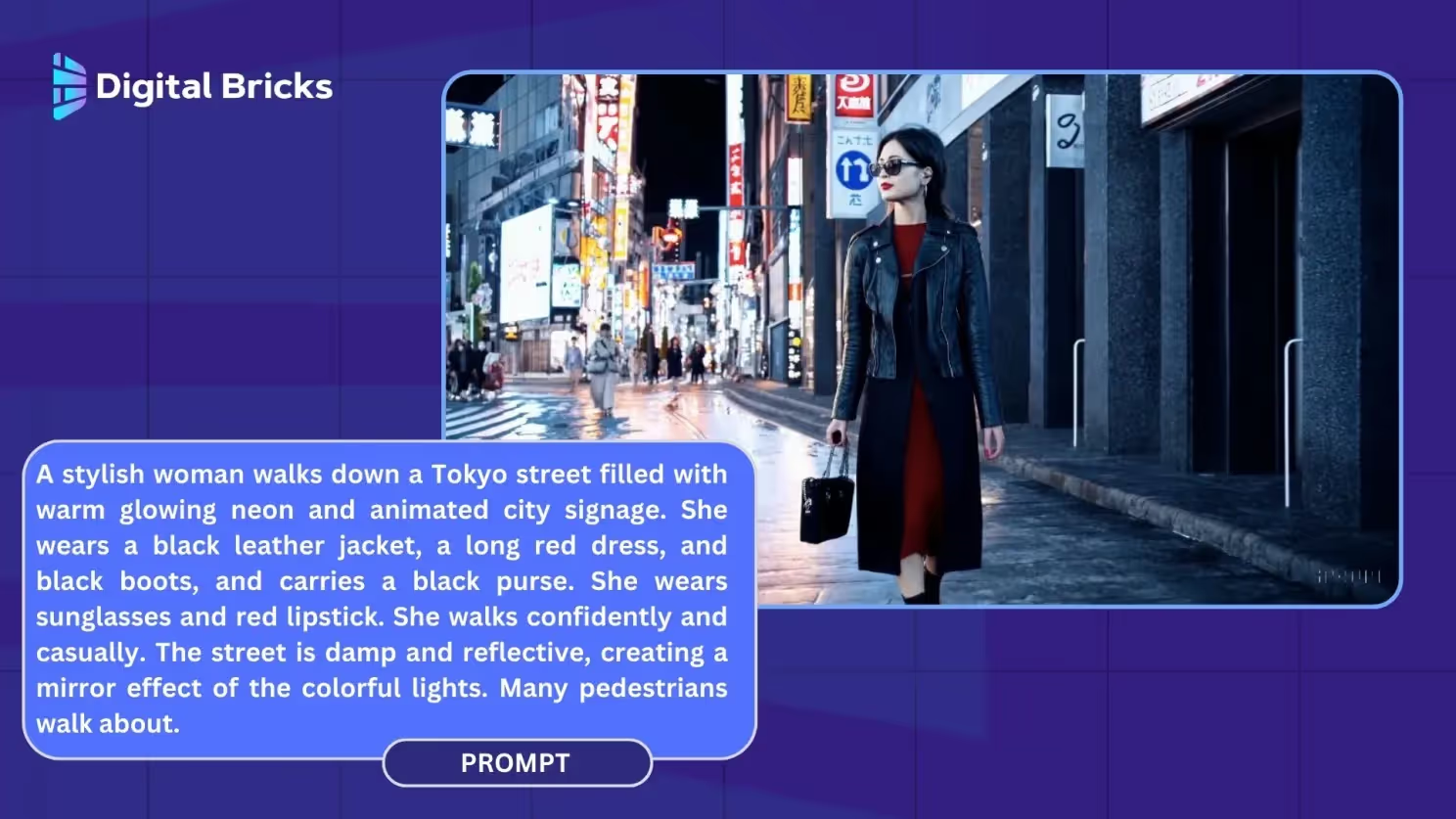
What does OpenAI's Sora mean for the film industry?

.avif)


.avif)
In the era of the AI revolution, OpenAI has been at the forefront, reshaping our approaches to knowledge acquisition, content creation, and business strategies.
Last week, OpenAI sent shockwaves across the internet with the introduction of Sora, its groundbreaking text-to-video model. Sora boasts the ability to craft videos up to a minute in length while maintaining exceptional visual quality and fidelity to the user's input. Currently, Sora is undergoing evaluation by red teamers to identify potential areas of harm or risk, while also being tested by visual artists, designers, and filmmakers to refine its capabilities for creative professionals.
While many welcome these developments with enthusiasm and anticipation, others in the film industry are met with trepidation. As filmmakers and actors digest the news from OpenAI, they confront the potential implications within their field.

In the realm of pre-production, Sora emerges as a transformative force, poised to redefine the art of storyboarding in filmmaking. By offering a dynamic platform that generates visual narratives prompt by prompt, Sora revolutionizes the creative process, promising unparalleled efficiency and adaptability. The days of painstakingly hand-drawn storyboards or resource-intensive digital rendering fade into obscurity as Sora paves the way for a streamlined and innovative approach to visual storytelling.
Yet, beneath the surface of innovation lies a landscape fraught with challenges and uncertainties. As Sora automates the storyboarding process, the livelihoods of traditional storyboard artists hang in the balance. The potential for widespread job displacement casts a shadow over an industry already grappling with rapid technological advancement. However, amid these disruptions, glimmers of opportunity emerge. The rise of Sora heralds the dawn of new professions, particularly in the realm of prompt engineering. As filmmakers navigate the integration of Sora into their workflows, the demand for skilled professionals capable of crafting narrative prompts tailored to the model's algorithms may surge, presenting avenues for creative reinvention and adaptation in the ever-evolving landscape of film production. We recommend our Prompting 101 course to master AI interaction.
With the prospect of improved technology, studios may find themselves empowered to generate ideas without the traditional reliance on teams of animators, potentially reshaping the dynamics of creative ownership and collaboration. The allure of effortlessly creating diverse visual content heralds the dawn of a new era, one where the boundaries between live-action, animation, and AI-generated elements blur, giving rise to innovative storytelling formats and genres previously unexplored.
Yet, amidst the promise of innovation lies a pressing concern: the dilution of professionalism. The democratization of content creation facilitated by Sora prompts a critical question about the future of filmmaking. In a landscape where anyone can prompt their ideas to life, does the distinction between filmmakers and content creators blur? The existential query looms large, threatening to redefine the very essence of the industry. Will the cherished standards of quality and craftsmanship diminish in the face of widespread accessibility to production tools? As the industry grapples with these uncertainties, the need for discernment and vigilance in safeguarding the integrity of storytelling and production values becomes increasingly paramount.
As the boundaries between creativity and automation blur, there emerges a compelling need for dedicated AI ethics officers, to learn more about ethics in AI explore our learning path here.
Sora intensifies the blur between social media, TikTok-style user-generated content (UGC), and filmmaking. With Sora's text-to-video capabilities, individuals gain unprecedented access to tools traditionally reserved for professional filmmakers. This accessibility enables users to seamlessly blend elements of storytelling and animation, mirroring the dynamic formats popularized by platforms like TikTok and Reels.
Sora's ability to generate high-quality videos quickly aligns with the fast-paced nature of social media consumption. As users become accustomed to consuming bite-sized content on these platforms, Sora empowers creators to produce engaging visual stories tailored to these preferences. This convergence of technology and user-generated content further erodes the distinction between amateur and professional production, amplifying the influence of social media on the filmmaking landscape.
As with many technological advancements, Sora emerges as a double-edged sword, offering both promise and peril to the filmmaking realm. Those who embrace its potential stand to innovate and prosper, while those who resist risk stagnation and irrelevance. Undoubtedly, the integration of Sora poses existential threats to traditional job roles and industries, disrupting the status quo and reshaping the professional landscape. Yet, amidst the upheaval, fertile ground emerges for pioneers willing to navigate the uncharted territory of AI.
Enterprising minds, from prompt engineers to AI ethicists, hold the keys to unlock the vast potential of Sora and shape the future of filmmaking and beyond. As the winds of change sweep across industries, those poised to adapt, learn, and harness the transformative power of AI stand at the threshold of a new era in creative exploration.
Start your AI learning journey today at Digital Bricks.